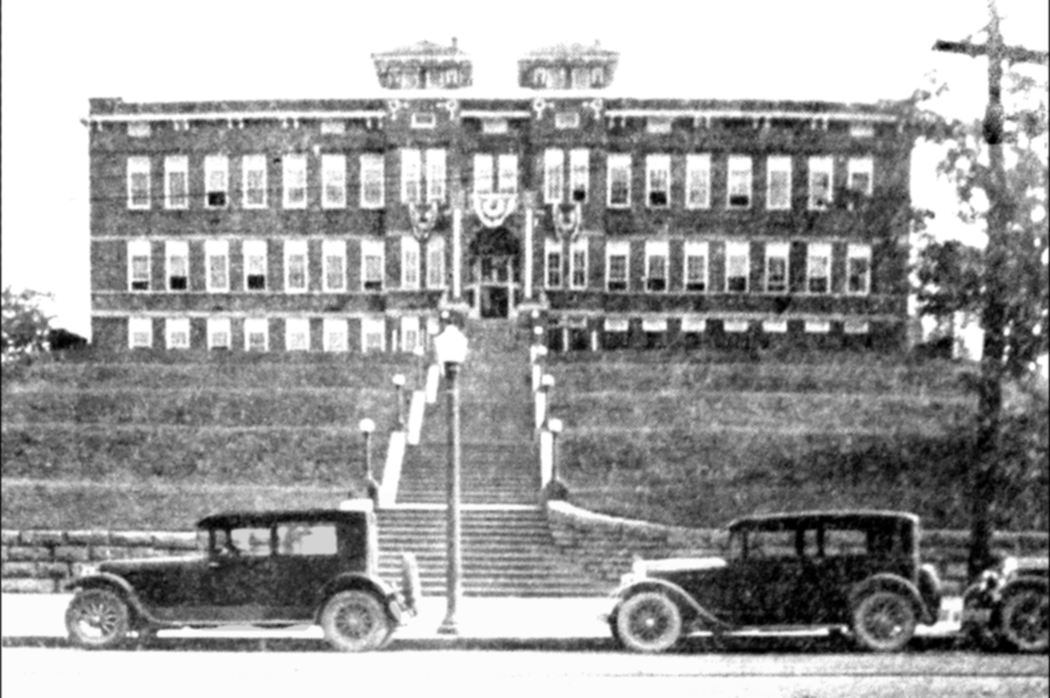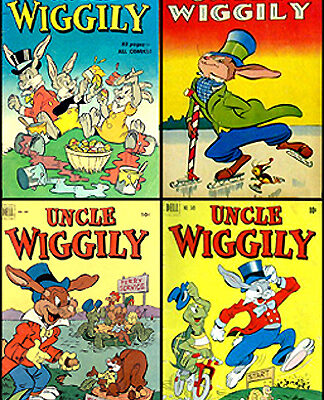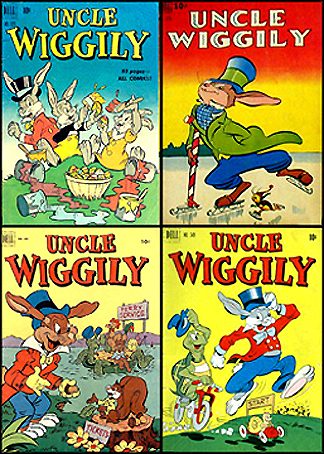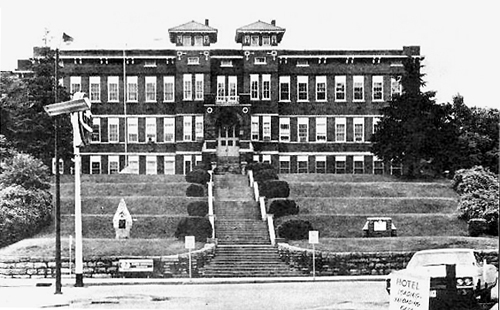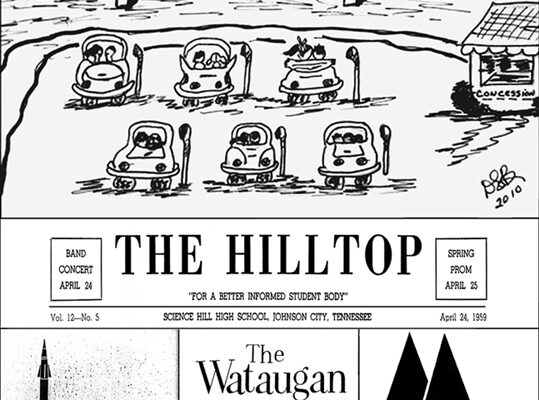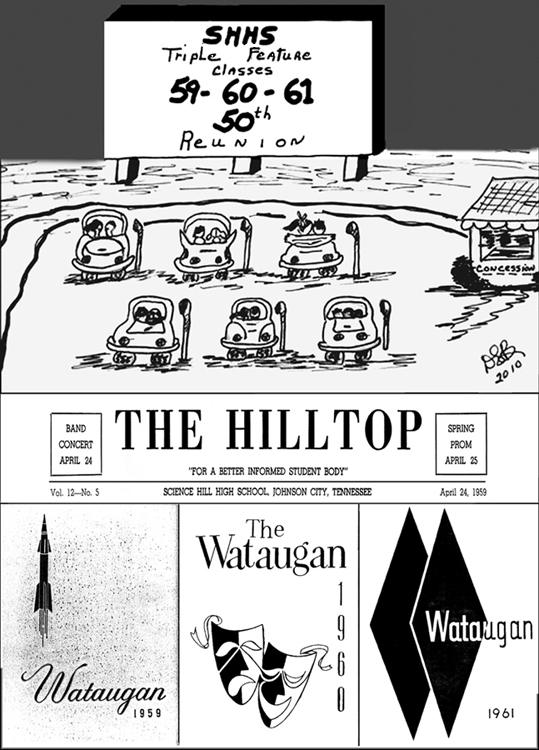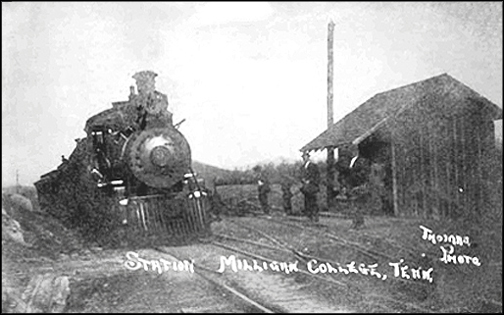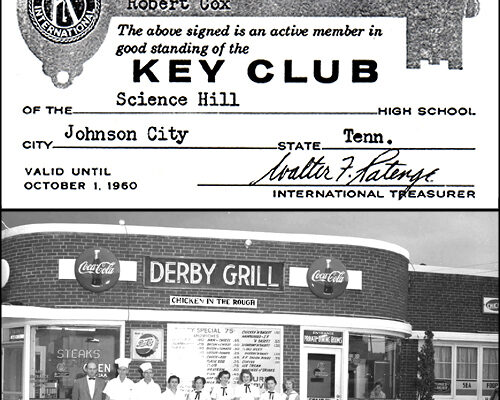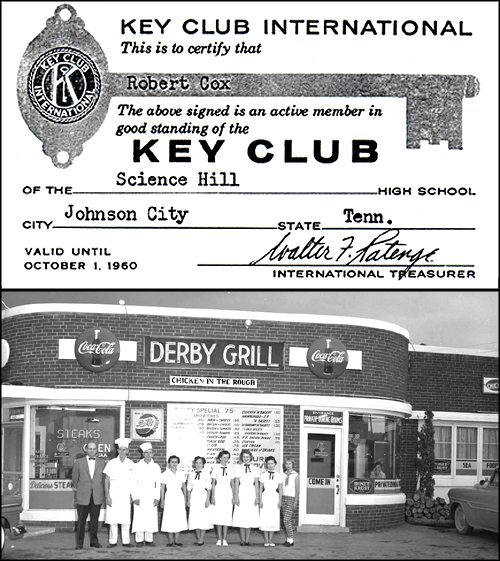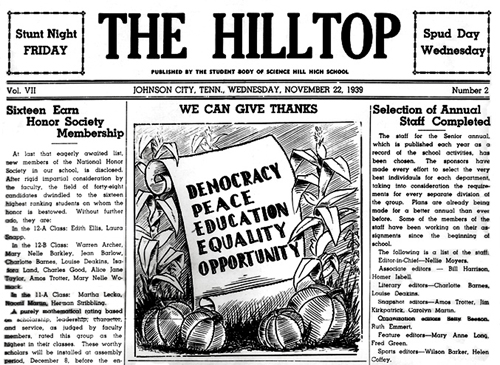In 2009, the photography class of Kay Grogg, art and photography teacher at David Crockett High School, received a grant from the Harris Fund of the East Tennessee Foundation for a project titled, “Scanning Our Past to Preserve for the Future.”
The charge was to acquire old photos and information related to Washington County with special emphasis on the area surrounding the school. Using word-of-mouth search, the group acquired information regarding the history of the county, including Woodland Lake swimming pool that was located where their school now resides. It was a popular recreation facility fondly remembered by older residents (including this writer). Jim Rhein, David Whitaker and Ron Dykes contributed an assortment of vintage photos, old advertisements and related facts regarding the former establishment.

An August 11, 1926 Jonesboro (now Jonesborough) Herald and Tribune newspaper contained a much-anticipated announcement: “Woodland Lake is now open to the public as an up-to-date pleasure resort for the people of this and other sections. Messrs. Rhein and Jackson have spared no expense in preparing this place for the pleasure and entertainment of both young and old.”
A promotional ad that same year by the Mill Spring Ice and Ice Cream Company amusingly noted, “Woodland Lake is in full operation representing an investment of several thousands of dollars. There are more than 50 ice cream containers scattered over the neighborhood, loaned to you in good faith. Will you please return them or drop us a line so we can get them? We need them badly.”
The most humorous clipping proclaimed in bold letters, “Own More Cows Picnic, Saturday, Aug. 13 (1927) at Woodland Lake, Jonesboro, Tennessee.” The Jonesboro Kiwanis Club sponsored the free event to publicize the location in Greeneville, Tennessee of Pet Milk’s Condensery (condensed milk) Plant and to urge farmers to bring milk to them to be made into dairy products to spur the economy.
After receiving pictures of the lake as it appeared in 1927, Kay’s students snapped current ones at the same location for comparison. In doing so, they located the ruins of the two original pools along the front of the property. They submitted several “then and now” photographs for an exhibition at the Jonesborough Visitor’s Center during May, National Historic Preservation Month.
Woodland Lake history began unfolding for the students: Spring Street was the site of the former Ice Plant for Jonesborough and the surrounding areas. Rudy Rhein (Jim’s father) and Jake Jackson (David’s Grandfather) co-owned the business. An ice cream shop behind the ice plant was adjacent to one of the street’s natural springs, hence the name.
Jake owned a small farm along the “Bristol to Memphis Highway,” now known as Old State Route 34, where he and his family spent their summers. About 1926, he and Rhein, operated Mill Spring Supply Company. They decided to expand their business by opening a swimming pool at that location. Subsequently, they dug a well and constructed two approximately 35-foot long pools near the highway on about six acres of farmland.
Double pools allowed one to be in operation while the other was down for emptying, cleaning and refilling, a laborsome task that occurred about every other day. Since water purification methods were crude, lifeguards heaped in heavy doses of chlorine to sanitize the water. Chlorine crystals could often be seen on the pool bottom.
Over time, the entrepreneurs added picnic tables in the nearby woods, an L-shaped wooden change house, a concession stand that sold Mill Spring brand ice cream, a barbeque grill and an entrance booth. Admission to the pool was a quarter; a season ticket was available for $5.00. Bathing suits rented for a quarter. At the end of the day, previously leased suits were taken home by one of the owners, washed, dried and returned the next day.
Woodland Lake was well managed from the start; patrons had to be properly dressed and on their best behavior or they were asked to leave. Ice cream suppers (fund raisers) and family picnics became popular at the park. Businesses, civic clubs and church groups routinely held outings there. Former visitors to the pool warmly recall the refreshing, sometimes frigid spring water.
In 1927-28, the owners incorporated further developments. Electricity became available; a water filter system was added, eliminating the need to alternate pool cleaning; and a combination lodge and restaurant was built that offered a fireplace, grill, jukebox, piano and dance floor for year-round evening enjoyment.
In 1929, Rhein and Jackson ended their joint business venture. Jackson assumed ownership of Woodland Lake while Rhein acquired Mill Spring Supply Company. In 1934, Rhein purchased the park and ran it until 1936 when he sold it to Fritz Brandt, a former Tennessee football standout under Coach Robert Neyland. The new owner added a bandstand and brought in local and national bands to attract customers. According to a July 14, 1938 newspaper clipping, Earl “Fatha” Hinds, a renowned jazz pianist, and his group played there. In 1947, Brandt sold the park to the American Legion who operated the pool for several years chiefly as a place of recreation for children. Several people recalled it was operated by the VFW for a period of time.
During the summers of the late 1950s and early 60s, the Jonesboro Parks and Recreation Department bussed youngsters to and from Woodland Lake on Wednesday, Thursday and Friday mornings. There was no charge for the roundtrip bus ride or swimming at the pool. In addition, the department provided additional lifeguards. Jane May was the director.
Admission to the pool by the 1960s was 50 cents. Patrons took a numbered wicker basket into the change rooms, placed their clothing and personal items in it and returned it to the attendant who stored it on a shelf for safekeeping. The pool had two spring-operated wooden diving boards, one high and one low, on the right side of the deep end that were fabricated from 2 x 10 lumber.
In 1964, Woodland Lake was sold to Joe Ramsey who kept it operating until 1968 when the Washington County School Board acquired the property for construction of David Crockett High School. Woodland Lake’s 42-year rein of memorable community service was history.
When asked about her photography class’s plans for this year, Mrs. Grogg responded: “I would like to continue this project but on a smaller scale. We need more photos of the school property from later years. If Johnson City Press readers have any to share, we would love to scan them for our project. Call the school at (423) 753-1150.”


